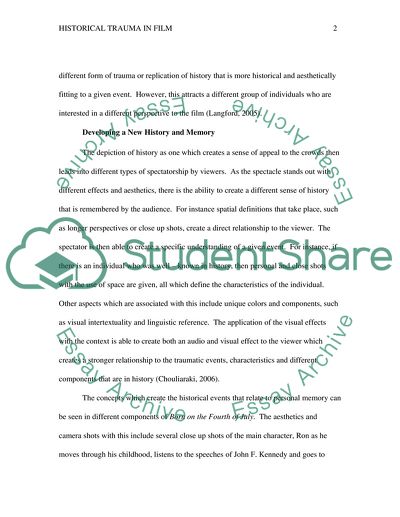Cite this document
(The Concept of Trauma in Born on the Fourth of July Film Movie Review, n.d.)
The Concept of Trauma in Born on the Fourth of July Film Movie Review. Retrieved from https://studentshare.org/visual-arts-film-studies/1574173-film-and-memory
The Concept of Trauma in Born on the Fourth of July Film Movie Review. Retrieved from https://studentshare.org/visual-arts-film-studies/1574173-film-and-memory
(The Concept of Trauma in Born on the Fourth of July Film Movie Review)
The Concept of Trauma in Born on the Fourth of July Film Movie Review. https://studentshare.org/visual-arts-film-studies/1574173-film-and-memory.
The Concept of Trauma in Born on the Fourth of July Film Movie Review. https://studentshare.org/visual-arts-film-studies/1574173-film-and-memory.
“The Concept of Trauma in Born on the Fourth of July Film Movie Review”. https://studentshare.org/visual-arts-film-studies/1574173-film-and-memory.


